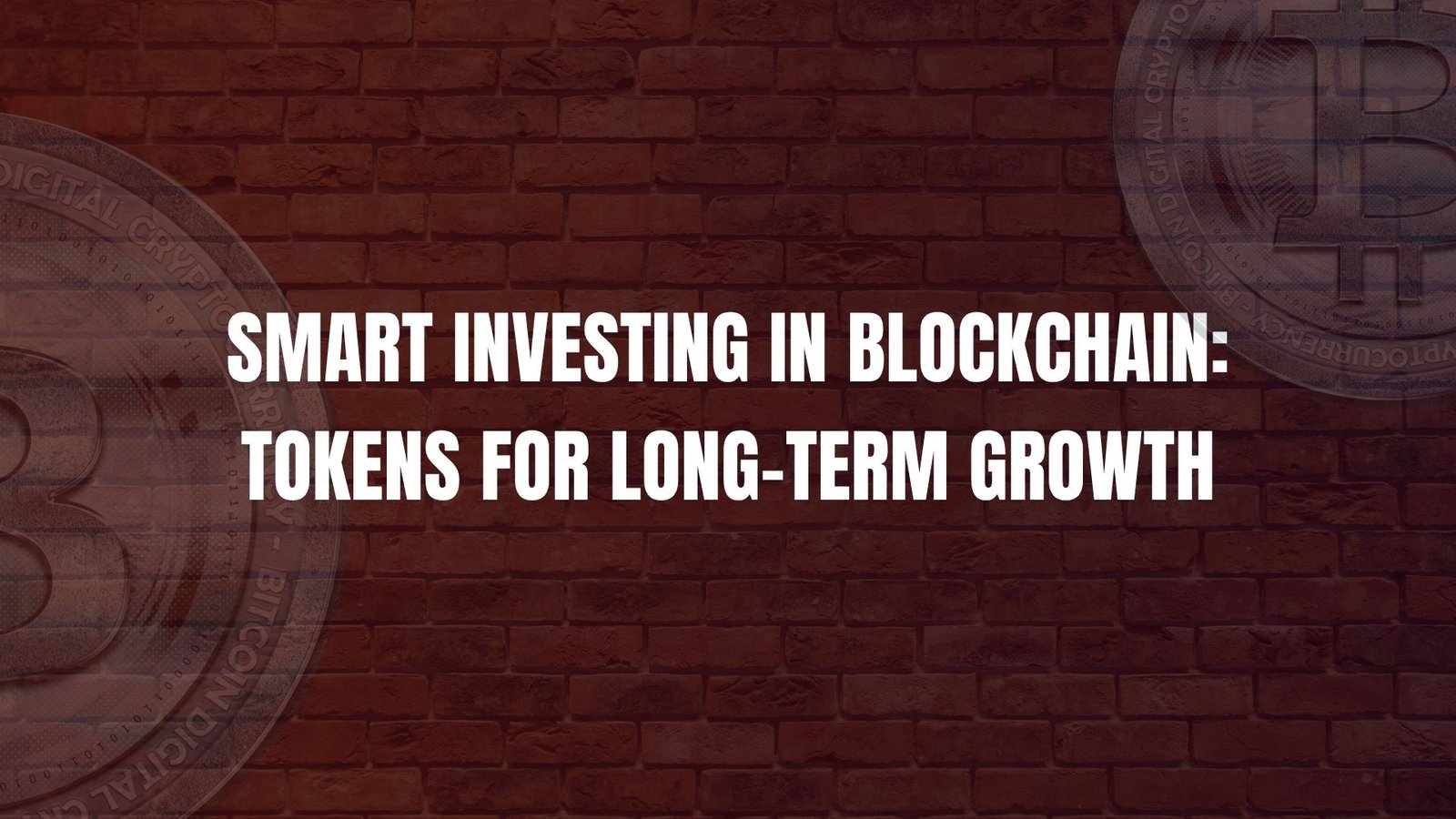In the rapidly evolving world of digital advertising, Web 3.0 represents the next frontier. The advent of decentralized technologies, blockchain, and more sophisticated user experiences is driving innovation across various industries, including advertising. As businesses seek new and more effective ways to reach their target audiences, Web 3.0 ad networks are becoming increasingly important. In this guide, we’ll explore the top Web 3.0 ad networks and how they can help businesses maximize the impact of their campaigns using decentralized technologies and blockchain-powered solutions.
What is a Web 3.0 Ad Network?
Before we dive into the best Web 3.0 ad networks, it’s essential to understand what they are. A Web 3.0 Ad Network is a platform that leverages Web 3.0 technologies like blockchain, cryptocurrency, and decentralized applications (dApps) to deliver targeted advertisements. These networks provide businesses with a way to advertise their products or services in a more transparent, secure, and efficient environment than traditional Web 2.0 networks.
Key Features of Web 3.0 Ad Networks
Decentralization: Unlike traditional ad networks, Web 3.0 advertising networks operate on decentralized platforms, removing the need for intermediaries.
Privacy and Security: Web 3.0 ad networks prioritize user privacy by using blockchain technology to secure data and ensure that personal information is not exploited.
Tokenization and Cryptocurrency: Many Web 3.0 ad networks incorporate cryptocurrency and tokenization, enabling seamless transactions and rewarding users for their engagement.
Transparency: With blockchain’s inherent transparency, businesses can track ad performance in real-time and ensure the authenticity of user data.
Why Should You Consider a Web 3.0 Ad Network?
Web 3.0 advertising networks are gaining traction because they solve many of the issues associated with traditional advertising. Here are some reasons why businesses should consider adopting a Web 3.0 Ad Network:
Enhanced User Control
In Web 3.0, users have more control over their personal data and how it’s used. Traditional advertising often involves data collection and targeting without the user’s consent. With Web 3.0 ads, users can opt-in to share their data, and businesses can target audiences based on consent.
Improved Transparency
One of the main advantages of Web 3.0 technologies is transparency. Blockchain allows advertisers and users to track the entire process of an ad campaign, from the initial impression to the final transaction. This level of transparency reduces fraud and ensures that advertising dollars are spent effectively.
Lower Costs
Web 3.0 ad networks eliminate intermediaries, such as ad exchanges and brokers, that usually take a cut of the advertising budget. By connecting advertisers directly with users, businesses can lower their ad costs while improving the efficiency of their campaigns.
Tokenized Incentives
With Web 3.0 advertising, users can be rewarded with tokens or cryptocurrency for engaging with ads. This creates an incentive for users to participate in the advertising ecosystem, which can increase engagement and improve campaign results.
Top Web 3.0 Ad Networks You Should Know
Now that we’ve established the benefits of using a Web 3.0 ad network, let’s take a look at some of the top Web 3.0 advertising networks that are leading the charge in decentralized advertising.
Brave Ads (BAT) Network
Brave Ads is one of the most popular and widely used Web 3.0 ad networks. Built on the Ethereum blockchain, Brave is a privacy-focused browser that blocks traditional ads and trackers by default. However, it also allows users to opt-in to view privacy-respecting ads in exchange for Basic Attention Tokens (BAT), a form of cryptocurrency.
Why Brave Ads?
Privacy-first: Brave ads respect user privacy by blocking trackers and giving users control over their data.
User Rewards: Users are rewarded with BAT tokens for interacting with ads, making it a more equitable system.
High Engagement: Because users actively choose to view ads, engagement rates tend to be higher than with traditional Web 2.0 networks.
AdEx Network
AdEx Network is a decentralized digital advertising platform that uses blockchain technology to eliminate fraud and improve transparency in ad campaigns. The platform allows advertisers to run campaigns with a focus on targeting specific audiences while ensuring that users’ data remains private and secure.
Why AdEx Network?
Transparency: AdEx uses the Ethereum blockchain to track all ad interactions, ensuring transparency in ad spend and campaign performance.
Ad Fraud Prevention: AdEx reduces ad fraud by allowing advertisers to verify the effectiveness of their campaigns without relying on centralized third parties.
Tokenized Economy: Advertisers pay for ads using ADX tokens, while users can earn tokens for viewing ads.
7Search PPC
7Search PPC is an ad network designed specifically for the cryptocurrency community. It enables advertisers to reach users interested in cryptocurrency-related products and services while maintaining user privacy and security.
Why 7Search PPC?
Cryptocurrency Focus: 7Search PPC is ideal for businesses targeting cryptocurrency enthusiasts, making it one of the top Web 3.0 ad networks for crypto-related advertising.
Privacy-respecting Ads: The network respects users’ privacy by ensuring that ads do not track personal data.
Targeted Reach: 7Search PPC offers precise targeting based on the interests and behaviors of users within the cryptocurrency ecosystem.
Presearch Ads
Presearch is a decentralized search engine that rewards users with Presearch tokens (PRE) for using the platform. The platform uses Web 3.0 technologies to ensure privacy and security, and it enables advertisers to target users based on their search queries.
Why Presearch Ads?
Decentralized Search Engine: Presearch provides a Web 3.0 alternative to traditional search engines, ensuring that users’ data is not used for unwanted profiling.
Tokenized Engagement: Advertisers pay for ads with PRE tokens, while users are rewarded for engaging with relevant ads.
Blockchain-Powered Search Ads: Ads on Presearch are more relevant to users’ interests, making them more likely to engage.
How to Leverage Web 3.0 Ads for Your Business
With the rise of Web 3.0 Ads, businesses have the opportunity to create more impactful and transparent ad campaigns. Here’s how to leverage Web 3.0 ad networks effectively:
Target the Right Audience
Web 3.0 advertising networks provide powerful tools for targeting specific audiences based on their preferences, behaviors, and past interactions. Whether you’re using Web 3.0 Advertising Networks like Brave or AdEx, understanding your audience and their interests is critical to driving engagement.
Ensure Data Privacy and Security
In the Web 3.0 world, users have the option to control their data. Respecting their privacy and ensuring that their information is not misused should be a priority in any ad campaign. Platforms like Brave and AdEx focus on security, ensuring that users feel safe when interacting with your ads.
Incorporate Token Incentives
Encouraging user engagement with token incentives is one of the most effective ways to increase the performance of your Web 3.0 ad campaigns. Rewarding users with cryptocurrency or tokens in exchange for engagement (like watching ads or clicking on links) creates a mutually beneficial ecosystem.
Utilize Blockchain’s Transparency
Web 3.0 ad networks use blockchain to provide real-time tracking of ad campaigns, ensuring that businesses can measure ROI and optimize their campaigns. By using platforms like AdEx or Brave, businesses can have full transparency over how their ad spend is being used and track ad performance without third-party interference.
Challenges and Considerations in Web 3.0 Advertising
While Web 3.0 advertising offers numerous benefits, businesses should also be aware of potential challenges:
Learning Curve
Web 3.0 is still in its early stages, and many businesses are unfamiliar with decentralized technologies. Companies may need to invest time in understanding blockchain, tokenization, and decentralized platforms before jumping into Web 3.0 ads.
Limited Adoption
While Web 3.0 ad networks are growing in popularity, they are not yet as widely adopted as traditional advertising platforms like Google Ads or Facebook. As a result, businesses may need to consider integrating Web 3.0 ads alongside traditional ads to maximize reach.
Regulatory Uncertainty
The regulatory environment surrounding Web 3.0 technologies and cryptocurrency is still evolving. Businesses should be cautious and stay informed about regulations related to blockchain, tokens, and cryptocurrency in advertising.
Conclusion
The rise of Web 3.0 Advertising Networks is transforming the advertising landscape by offering greater transparency, privacy, and efficiency. By leveraging decentralized platforms like Brave, AdEx, 7Search PPC, and Presearch, businesses can create more targeted, cost-effective, and ethical ad campaigns. As Web 3.0 technologies continue to evolve, staying ahead of the curve and adopting these new advertising models can give businesses a competitive edge in the digital advertising world.
If you’re ready to explore Web 3.0 ads and take advantage of blockchain-powered advertising, start by choosing the right Web 3.0 Ad Network for your business and watch your campaigns thrive in a decentralized world.
FAQs
What is a Web 3.0 Ad Network?
Ans: A Web 3.0 Ad Network is an advertising platform that uses decentralized technologies, such as blockchain, to enable transparent, secure, and privacy-focused ad campaigns.
How do Web 3.0 Ads differ from traditional digital ads?
Ans: Web 3.0 Ads focus on user consent, privacy, and decentralization, unlike traditional ads that often collect and use data without user consent.
Can I use Web 3.0 Ad Networks for cryptocurrency-related businesses?
Ans: Yes, platforms like 7Search PPC and Presearch are ideal for targeting cryptocurrency enthusiasts and businesses operating in the crypto space.
Are Web 3.0 Advertising Networks more cost-effective?
Ans: Web 3.0 ad networks can be more cost-effective because they eliminate intermediaries, allowing advertisers to spend their budgets more efficiently.
















Leave a Reply